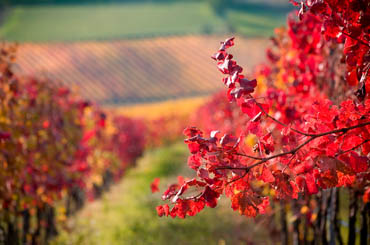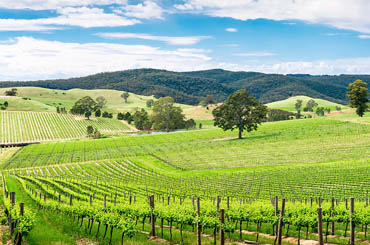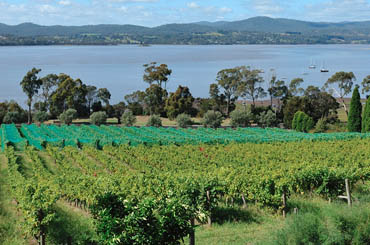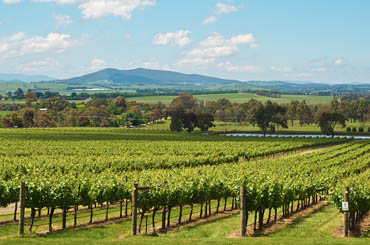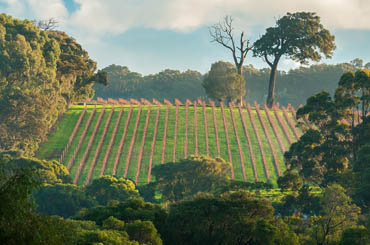The 2020 New South Wales vintage
Hunter Valley:
The Hunter Valley was one of the all-too-many regions that suffered blow after blow. First up was lack of winter/spring rain, followed by full-scale drought (October to December received a total of 15mm) coupled with extreme heat. The last three days of December were over 41°C; January dealt out 12 days over 35°C; patch rain achieving nothing. The final blow was smoke taint, which resulted in the total destruction of the shiraz (and other red grapes). A token rose here and there was par for the course.Mudgee:
might have fared better, but in the end smoke taint destroyed the red varietal harvest.Orange:
The higher elevation of Orange could have mitigated the drought (a 20% drop), but again smoke destroyed the red wines-to-be, with small amounts of riesling and sauvignon blanc (if whole-bunch pressed) a token result.Canberra District:
The Canberra District was headlined with brutal courage by Tim Kirk of Clonakilla announcing on 18 February that the winery would not make any wine from any vineyard in New South Wales this year. Other Canberra District wineries told the same mournful story. The silver lining was the high quality wine from 2018 and 2019 that Clonakilla and many others will be selling over the next 18 months.Hilltops:
Hilltops had full-on drought through the growing season until some rain at the end of March – too late to achieve much. Drought plus very low yields of doubtful quality meant most wineries didn’t pick any red grapes.Southern Highlands and Tumbarumba:
The Southern Highlands was a write-off thanks to smoke, as was the case in Tumbarumba.Shoalhaven Coast:
Shoalhaven Coast lurched between extremely dry conditions from October to January (accompanied by high December temperatures), and then the wettest February on record, before smoke taint hammered the last nail in the coffin.Riverina:
In the Riverina, drought, fire, rain and COVID-19 combined at various stages of the growing season. December was hotter than normal, but the rest of the season was cool, harvest 7–10 days later than 2019. Rain required quick action. Chardonnay, sauvignon blanc and (what else than) shiraz performed best.To discover more regional insights from the 2020 Australian vintage chart – click here.




